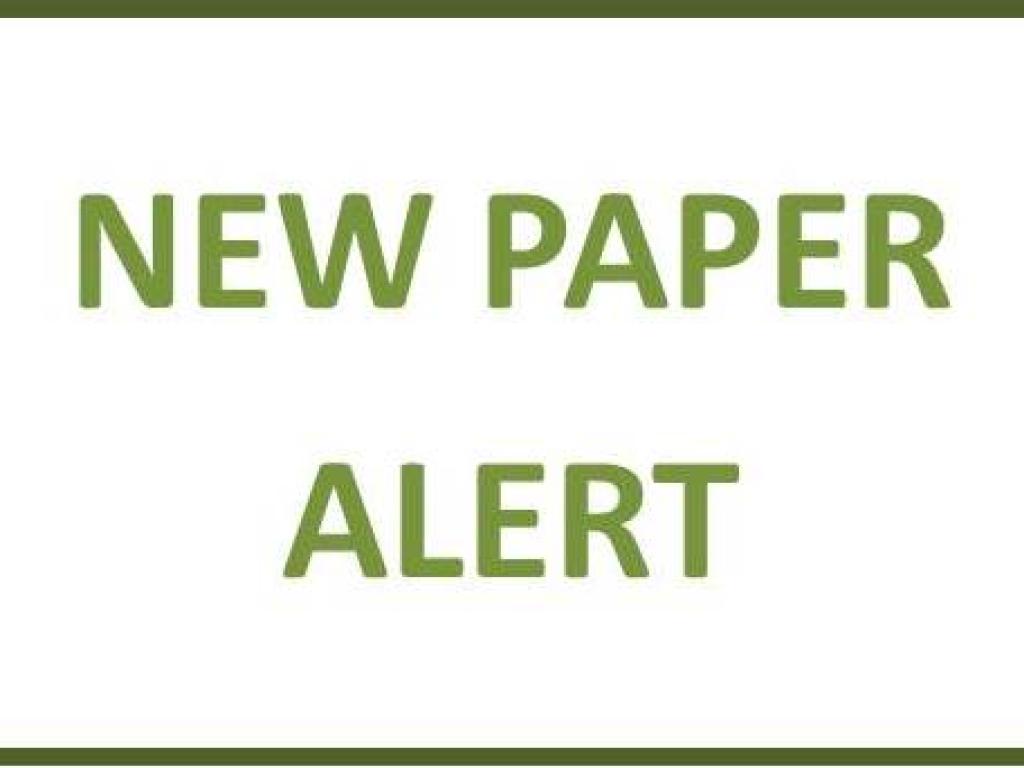NEW PAPER ALERT

The Plant Conservation Unit is pleased to announce the publication of an exciting new paper by Zander Venter, Samantha Scott, Johann Strauss, Karin Jacobs and Heidi-Jayne Hawkins in the South African Journal of Plant and Soil. The article is titled, "Increasing crop diversity increased soil microbial activity, nitrogen-sourcing and crop nitrogen, but not soil microbial diversity”. The abstract is provided below but the full paper may be downloaded here.
"The relationships between crop diversity, soil microbial diversity and agroecosystem functioning are not well understood. Soils under wheat monoculture, wheat–medic, and wheat–medic plus clover rotations from a 19-year-old wheat rotation trial in South Africa were measured for soil microbial functional and genetic diversity using community-level physiological profiling and automated rRNA intergenic spacer analysis. A 15N–13C dual isotope mixing model determined the nitrogen (N) sourcing when wheat was supplied with N from fertiliser and sheep dung (monoculture), or fertiliser, diazotrophy from one or two legumes, and sheep dung (wheat in rotation). Historical wheat yields and foliar [N] were 28% and 106% higher in wheat–legume rotations compared with wheat monoculture. Increasing crop diversity was related to increased soil microbial activity, but not increased microbial richness or diversity, which depended more on known abiotic drivers of microbial community structure. The δ15N mixing models revealed an increasing dependence on legume-derived N with increasing legume species in rotation. This suggests that enhanced N cycling and yield in crop–legume rotations is not a result of microbial diversity per se, but rather increased microbial activity when keystone legume species and their associated N2-fixing symbionts were present."
